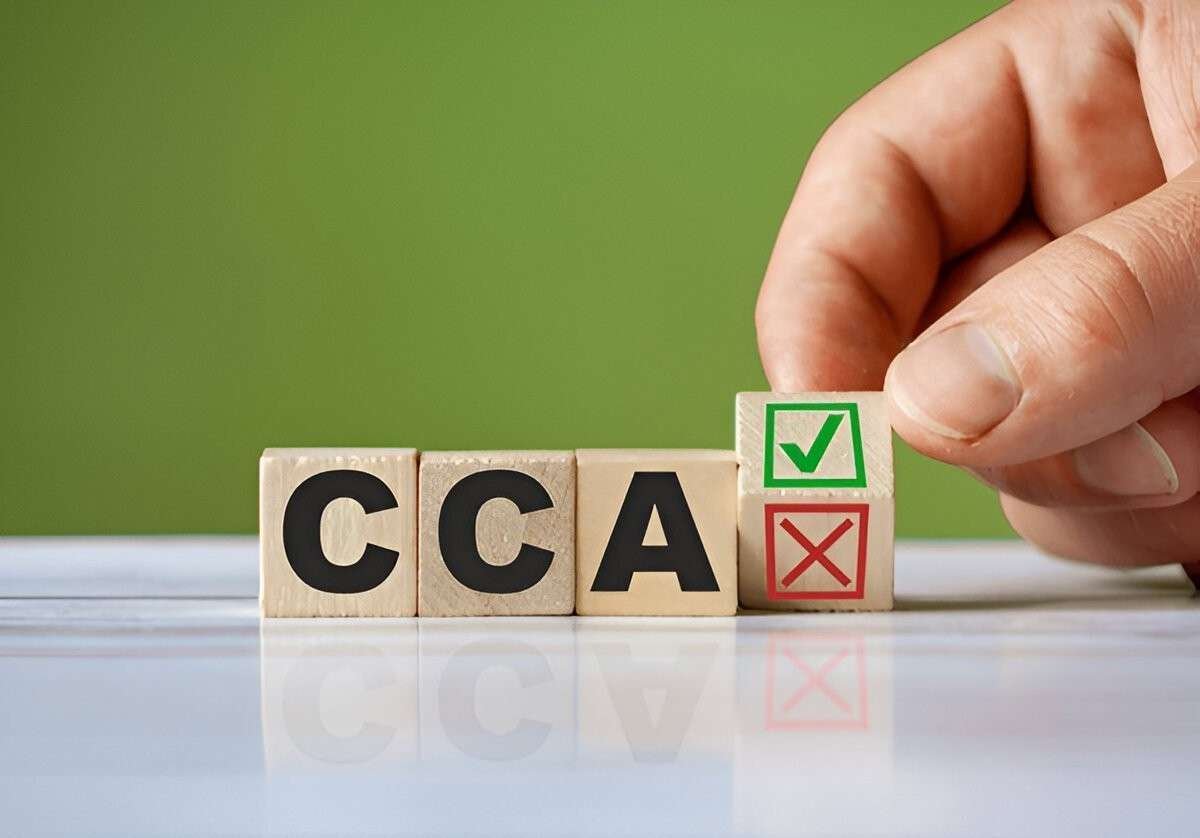Current Cost Accounting (CCA) is an accounting method that adjusts the value of assets and liabilities to reflect their current replacement cost rather than their historical cost. This approach provides a more accurate picture of a company’s financial position in times of inflation. In this article, we will explain CCA in simple terms, provide references, and give an example to help you understand this concept better.
Table of Contents
What is Current Cost Accounting?
Definition
Current Cost Accounting (CCA) is a method that adjusts financial statements to reflect the current costs of assets and liabilities. This means that instead of using the historical cost (the original purchase price), CCA uses the current replacement cost (the cost to replace the asset at current prices).
Purpose
The primary goal of CCA is to provide a more accurate representation of a company’s financial position by accounting for changes in the value of money over time. This is particularly important during periods of inflation when the purchasing power of money decreases.
How Does Current Cost Accounting Work?
Adjusting for Current Costs
In CCA, all items in the financial statements are adjusted to reflect their current replacement cost. This involves revaluing assets and liabilities based on current market prices.
Formula
There isn’t a single formula for CCA, but the general approach involves determining the current cost of each asset and liability and adjusting the financial statements accordingly.
Example Calculation
Let’s consider an example to illustrate CCA:
Company XYZ purchased a machine for $50,000 five years ago. The current cost to replace this machine is $70,000. Using CCA, the value of the machine on the financial statements would be adjusted to $70,000 instead of the historical cost of $50,000.
Why is Current Cost Accounting Important?
Accurate Financial Reporting
Accurate financial reporting is crucial for stakeholders, including investors, creditors, and management. CCA provides a more realistic view of a company’s financial position by reflecting the current costs of assets and liabilities.
Managing Inflation
During periods of inflation, the historical cost method can be misleading because it does not account for the changing value of money. CCA helps manage inflation by adjusting financial statements to reflect current prices, ensuring that the financial reports remain relevant and accurate.
Decision-Making Tool
For investors and managers, having financial statements that reflect current costs enables better decision-making. It helps them understand the real value of assets and liabilities, leading to more informed investment and management decisions.
Components of Current Cost Accounting
Asset Revaluation
In CCA, asset revaluation is a key component. This involves updating the value of assets on the balance sheet to reflect their current replacement cost. This can include machinery, buildings, and inventory.
Liability Adjustment
Liability adjustment is another crucial component. Just as assets are revalued, liabilities are also adjusted to reflect their current cost. This ensures that the financial statements provide a complete and accurate picture of the company’s financial obligations.
Profit Calculation
In CCA, profit calculation is adjusted to reflect the current costs of inputs. This means that the cost of goods sold (COGS) and other expenses are based on current replacement costs, providing a more accurate measure of profitability.
Example of Current Cost Accounting
Let’s consider a detailed example to illustrate the concept:
Company ABC has the following assets and liabilities:
- Machinery: Purchased five years ago for $100,000. Current replacement cost is $150,000.
- Inventory: Purchased three months ago for $20,000. Current replacement cost is $25,000.
- Short-Term Loan: Taken last year for $50,000. Current repayment cost remains $50,000.
Using CCA, the financial statements would be adjusted as follows:
- Machinery: Adjusted from $100,000 to $150,000.
- Inventory: Adjusted from $20,000 to $25,000.
- Short-Term Loan: Remains at $50,000.
The total adjusted value of assets is now $175,000 ($150,000 for machinery + $25,000 for inventory) compared to the historical cost total of $120,000. The liabilities remain at $50,000.
Key Considerations in Current Cost Accounting
Selection of Current Costs
The selection of current costs is critical in CCA. It’s important to use reliable and up-to-date market prices to ensure accuracy. This may involve sourcing prices from suppliers, industry reports, or other market data.
Regular Updates
To maintain accuracy, it is essential to regularly update the financial statements with the latest current costs. This ensures that the adjustments reflect the most recent market conditions.
Applicability
CCA is particularly useful in inflationary environments where the purchasing power of money is decreasing. It provides a more accurate picture of a company’s financial position, making it easier to compare performance over time.
Limitations of Current Cost Accounting
Complexity
One of the main drawbacks of CCA is its complexity. Adjusting all items in the financial statements for current costs requires additional calculations and can be time-consuming.
Subjectivity
The selection of current costs can introduce subjectivity into the financial statements. Different sources of cost data may yield different adjustments, potentially affecting comparability.
Conclusion
Current Cost Accounting (CCA) is a valuable method for adjusting financial statements to reflect the current costs of assets and liabilities. By doing so, it provides a more accurate and realistic view of a company’s financial position, particularly during periods of inflation. While it adds complexity to the accounting process, the benefits of improved accuracy and better decision-making make it a worthwhile approach. Understanding CCA can help you appreciate the real value of financial information and make more informed financial decisions.





